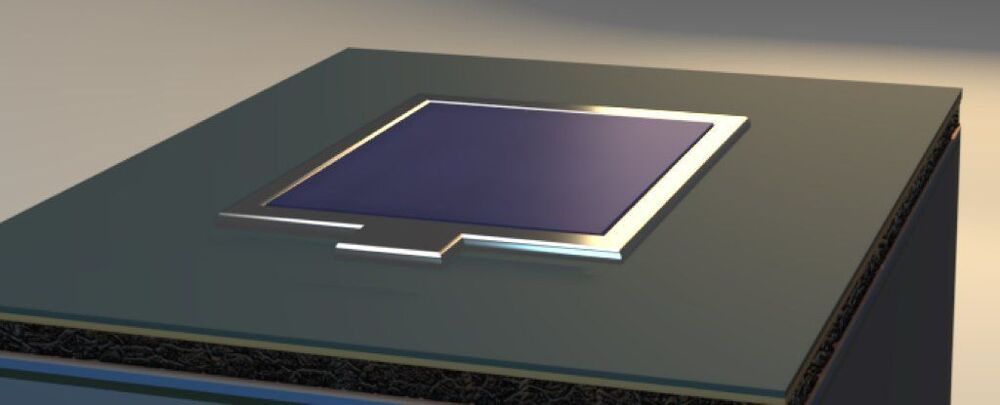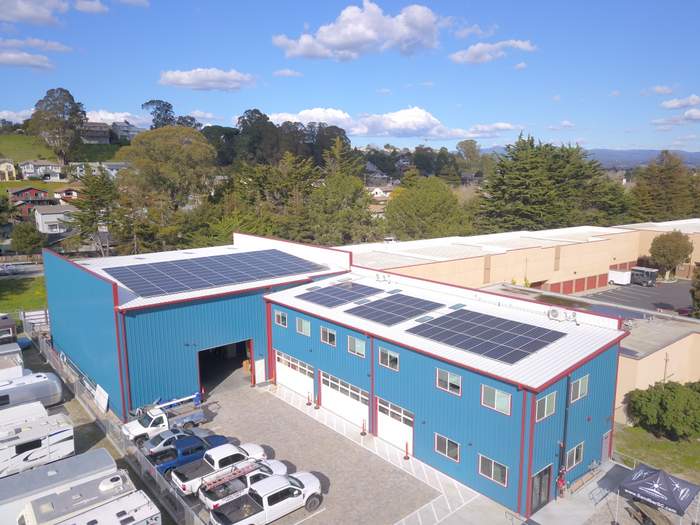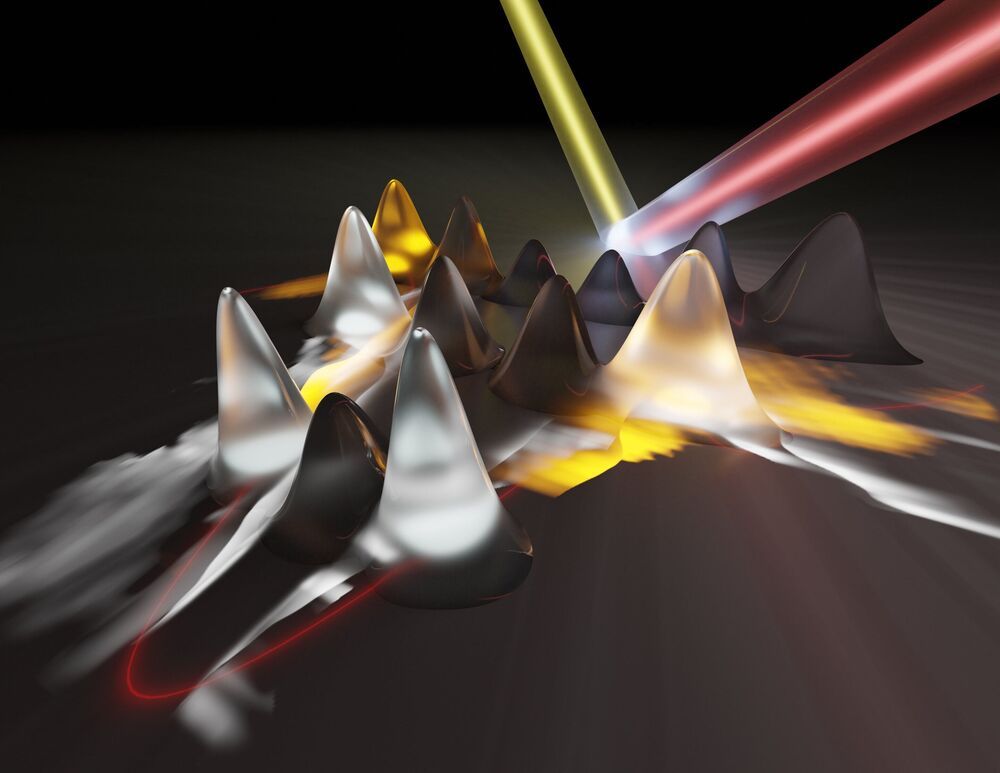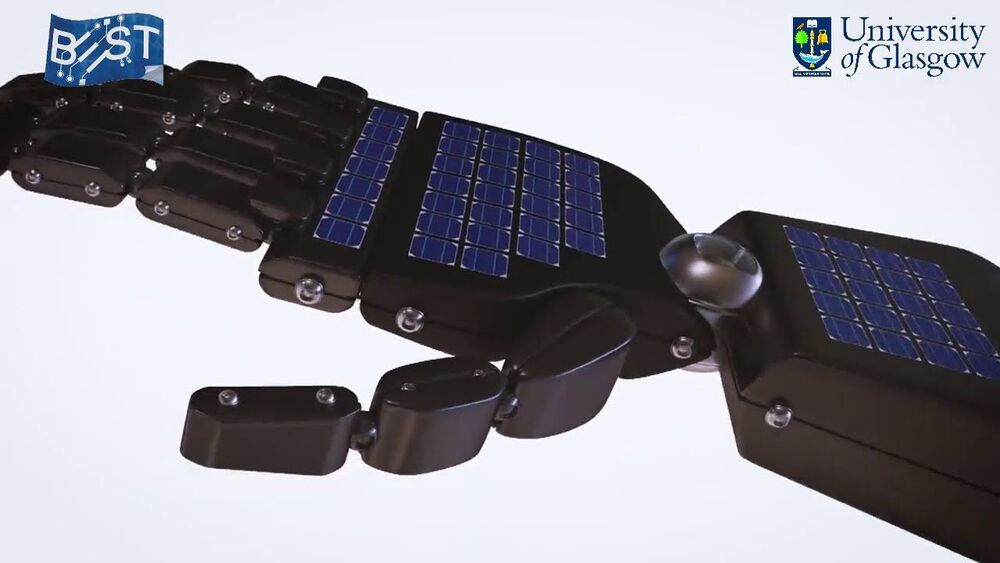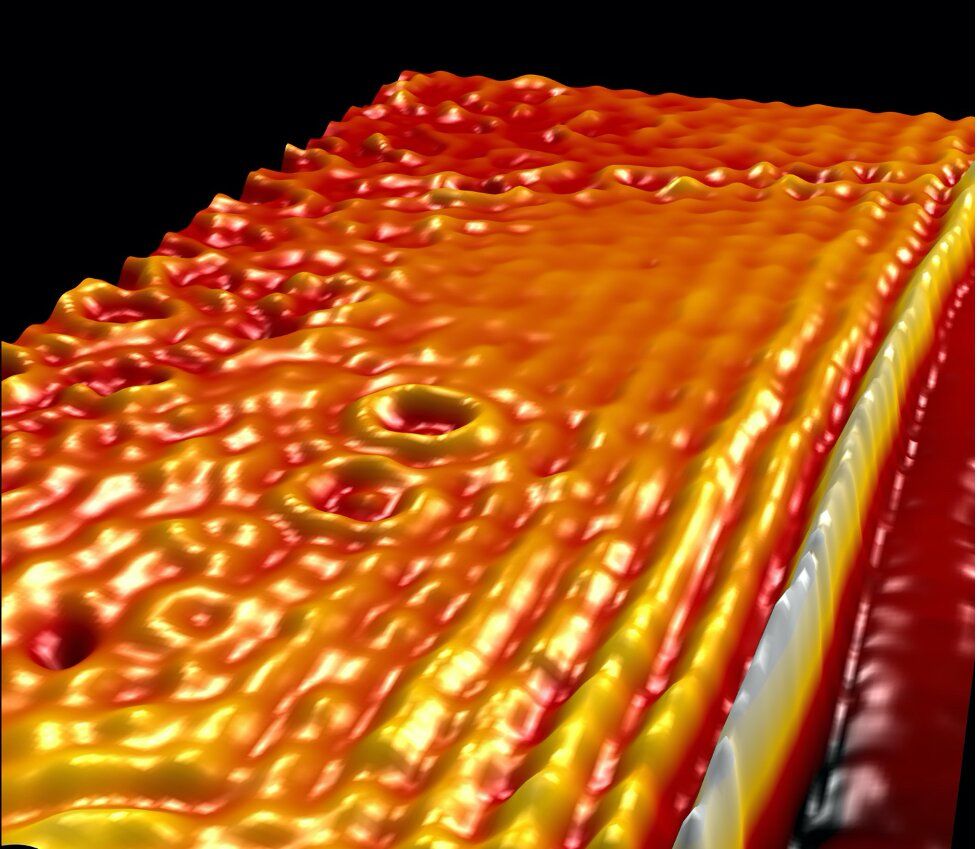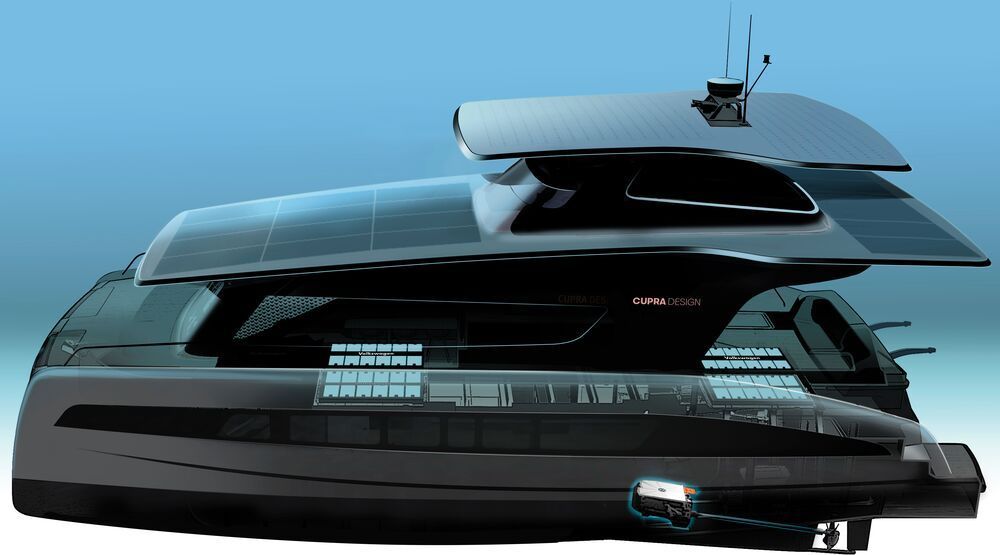Dec 20, 2020
Chemical Research Breakthrough Could Transform Clean Energy Technology
Posted by Quinn Sena in categories: chemistry, solar power, sustainability
However, a breakthrough by researchers at UVA’s College and Graduate School of Arts & Sciences, the California Institute of Technology and the U.S. Department of Energy’s Argonne National Laboratory, Lawrence Berkeley National Laboratory and Brookhaven National Laboratory could eliminate a critical obstacle from the process, a discovery that represents a giant stride toward a clean-energy future.
One way to harness solar energy is by using solar electricity to split water molecules into oxygen and hydrogen. The hydrogen produced by the process is stored as fuel, in a form that can be transferred from one place to another and used to generate power upon demand. To split water molecules into their component parts, a catalyst is necessary, but the catalytic materials currently used in the process, also known as the oxygen evolution reaction, are not efficient enough to make the process practical.



